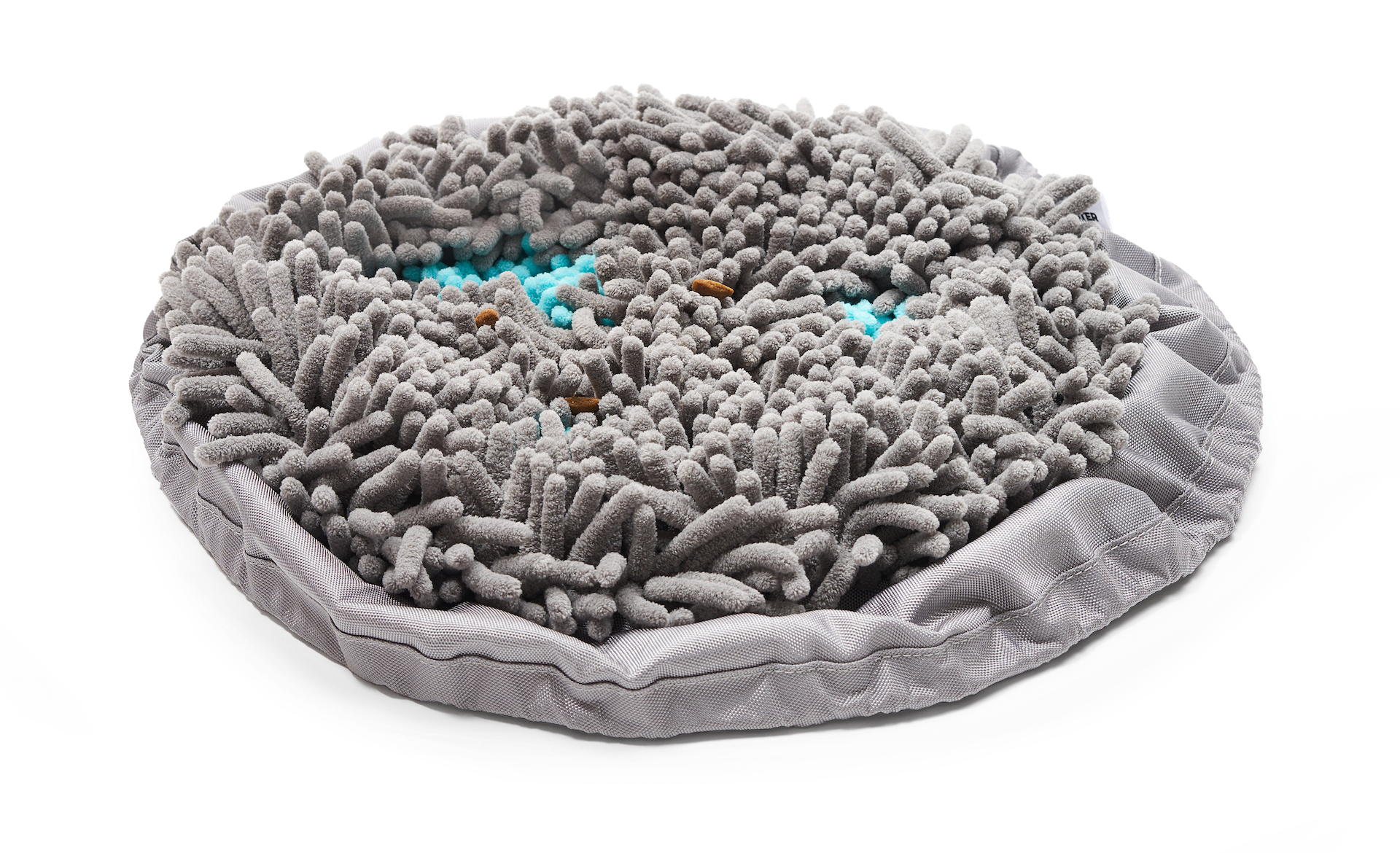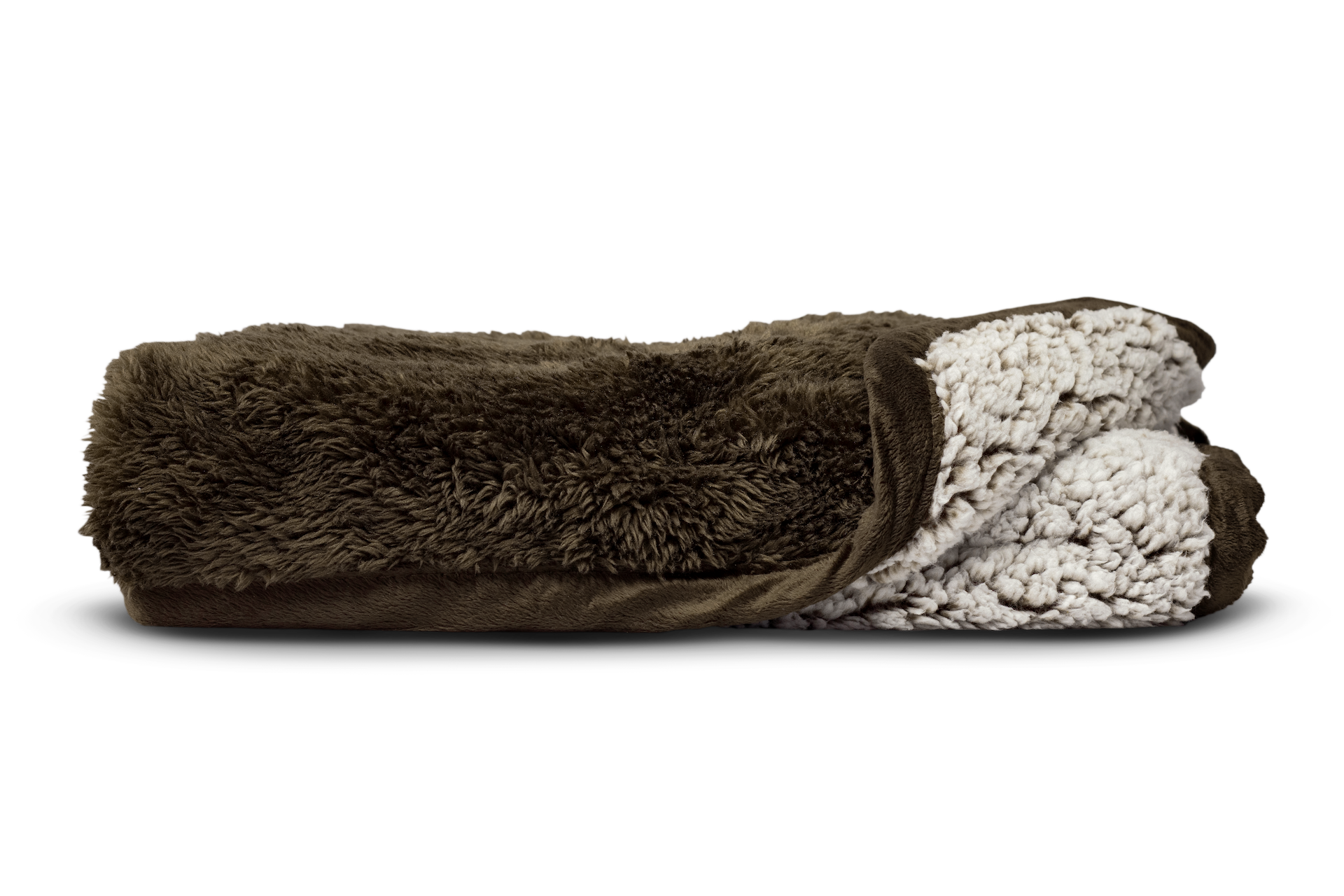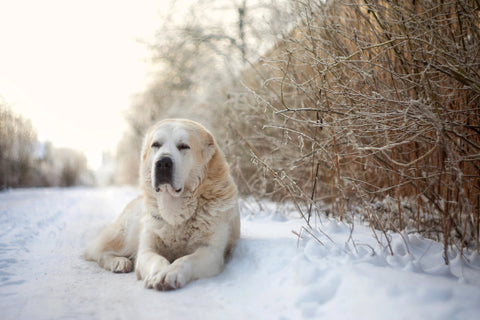Separation anxiety or sepanx is commonly experienced by people who are not physically connected with their loved ones or will be separated from their family members and friends.

But for pets, especially cats, do they experience the same? The answer is YES! Cats also experience separation anxiety for several reasons. According to Current Biology Magazine, it has been found that cats living with their pet parents also get a strong attachment and would probably suffer from separation anxiety.
In this article, we’ll talk about the many possible reasons that cause your cat’s separation anxiety, its signs and symptoms, and ways to help curb and manage their separation anxiety.
What Causes Cat Separation Anxiety?
Cats have a character for acting distant, independent, or even unsociable. Pet parents who live with cats disagree, and now there is already a study to help them back up their claims that cats can be needy and clingy, too! PetMD stated that cats living with people have comparable attachment and affection styles to pet parents, as dogs and children do.
The cause of separation anxiety in cats is unknown, but it’s assumed that genetics and environmental factors may have a role. Any cat can experience separation anxiety, but cats who have been abandoned, bottle-fed, and the ones who were weaned too early are more likely to develop separation anxiety as they grow older.
Some more reasons that may have a role in why cats experience separation anxiety include the following:
- female cats are more prone to develop cat separation anxiety than male cats
- being strictly guarded and kept mostly indoors
- they are the only pet in the house
- sudden change in their daily routines, including moving to a different house, living with a new pet parents
Separation Anxiety Symptoms
As pet parents, it is important to know the different signs and symptoms of cat separation anxiety to address the issue properly.
Here are some of the signs to look out for:
Extensive crying and vocalizations
When cats suffer from separation anxiety, they exhibit extreme and excessive vocalizations. This unusual meowing and moaning is their way of communicating. They feel sad and that they miss you or miss something dear to them.
"Female cats are more prone to develop cat separation anxiety than male cats."
Purposely starving
When cats experience separation anxiety, some purposely starve themselves, especially when their pet parents are away for a couple of days. Separation anxiety in cats can affect their appetite. Starving may easily cause weight loss and can also be dangerous. According to PetMD, if your furbaby fails to eat for 24-36 hours, even in the face of normal water consumption, an examination by a veterinarian is recommended as this can quickly develop into hepatic lipidosis (a liver condition that can be deadly if left untreated). Additionally, cats’ liver cannot sustain their bodies the way dogs and humans can, so this process can occur suddenly. With continued starvation, a cat’s organs will also begin to shut down.
Destructive behaviors
Like dogs, cats that experience separation anxiety also display inappropriate actions, like destroying things in the house through excessive scratching. Cats usually shred curtains, scratch furniture, and knock on different objects inside the house.
If your cat is prone to scratching excessively, it’s best to provide pet products that they can’t shed, like Pawtect® Pads, and Pawtect® Blankets. These can help protect your furniture from scratches! Pawtect® Pads are made with wide zig-zag stitches and sturdy, straight stitches that make one strong binding. This secure, triple-stitched binding ensures that the pads can’t be shed easily. While Pawtect® Blankets are made with a LockJaw® edge designed to help prevent fraying, and loose ends, and discourage chewers.

Dramatic mood changes
When cats experience separation anxiety, they have a huge tendency to change their mood. Your once clingy cat may act cold and distant, while your reserved cat may begin to seek more of your attention with exuberant greetings.
Urine spraying
Cat separation anxiety is also shown by urine spraying. Your cat may pee and/or poop in inappropriate places and will likely spray on your furniture and walls at home while you are away!
To avoid this situation, have your cat wear Cat Diapers. These diapers for cats will help catch those sprays and will save you from the messy cleanups you’ll have to deal with after a long day at work. Pet Parents® Cat Diapers are made with soft, non-abrasive WickQuick® proprietary fabric that quickly absorbs any wetness or liquid. Plus, these diapers also have sewn-in pads that can keep both pee and poop messes!
Excessive self-grooming
Self-grooming is innate in cats. But, when cats groom themselves excessively, separation anxiety may be the reason. Note that too much licking or scratching of the skin or fur may lead to severe fur loss and other health issues.
A cat suffering from separation anxiety may also show signs of fear every time you prepare to leave. They may also respond to cues, like picking up keys, grabbing a bag, or preparing a suitcase. Your cat may hide, follow you from room to room, or may even try to block the doorway.
How to Help a Cat With Anxiety
To help manage your cat with separation anxiety, there are a few things you can do.
Visit your vet
If you don’t know what is specifically causing your furbaby’s separation anxiety, visit your vet. Your vet will help identify the possible triggers and factors why your cat is acting this way.
Provide a safe environment
Your cat’s separation anxiety symptoms will only worsen if they don’t feel safe and secure in their home environment. Make sure you offer them Pawtect® Blankets to create a safe space for your cat to decompress. These pet blankets from Pet Parents® will help keep your furbaby calm, safe, and relaxed while waiting for you to come home.
Focus on Cat Enrichment Toys
It’s also recommended that you provide your cat with something they can do while you are away. Cat toys, for example, will help keep your cat entertained and stimulated. You can put treats or dry food in a Forager™ Bowl to provide mental stimulation for your cat. These act as cat enrichment toys to help decrease anxiety.
Skip the dramatic Hi’s and Goodbyes
Dramatic hi’s and goodbyes will only trigger your cat’s anxiety. Make it as simple as possible. This will help your cat associate that your leaving is not a big deal since you will always be coming home after.
Avoid triggers
If your cat displays signs of anxiety when you pick up your keys, bag, or umbrella, practice picking them up a couple of times a day without leaving. If wearing your shoes triggers your cat’s separation anxiety, put on your shoes, walk around your house for a little while, and then remove them. As your cat’s separation begins to diminish, collect your items and walk to the door without leaving. Progressively work up to walking out for short periods and returning, casually greeting your cat upon your return.
Cats build great relationships with people. Identifying the signs of separation anxiety, using behavior modification, and patience can all help reduce your furbaby’s distress. Make it a point to promptly address this concern and do the right things for a happier, healthier life ahead, separation anxiety-free for your furbaby!









